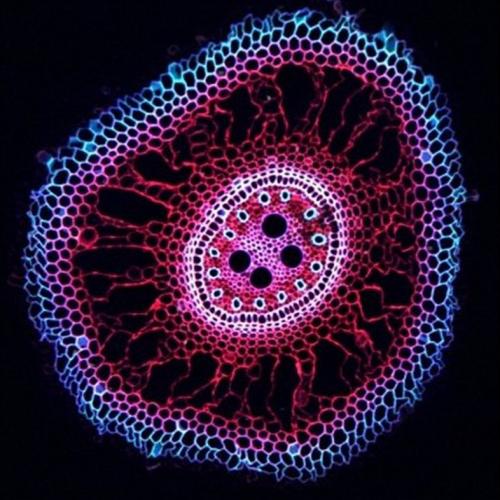Copy Link
Add to Bookmark
Report
Alife Digest Number 021

ALIFE LIST: Artificial Life Research List Number 21 Wednesday, May 16th 1990
ARTIFICIAL LIFE RESEARCH ELECTRONIC MAILING LIST
Maintained by the Indiana University Artificial Life Research Group
Contents:
Re: ERL and Lamarck (Artificial Life Digest, #20)
request for info
----------------------------------------------------------------------
Date: Mon, 14 May 90 13:49:34 -0400
From: ackley@flash.bellcore.com (David H Ackley)
Subject: Re: ERL and Lamarck (Artificial Life Digest, #20)
Just a quick correction to Dave Fritz' otherwise very interesting
comments about ERL... He says:
> Ackley and Littmman's ERL (Digest #10) seems to be a nice example of
> directly linking germ-plasm to soma-plasm-- the wiring diagram I
> achieve in my cortex today can be accurately passed to my offspring
> tommorrow, down to the last synaptic weight.
There is a(n apparent) misunderstanding there: In ERL, NO LEARNED
INFORMATION IS INHERITED. The "genotype" is "expressed" into two
neural networks, one of which is subsequently modified by learning.
Individual genotypes never change! There is no mechanism in ERL for
"reverse transcribing" changed synaptic weights back into the
genotype. Ignoring factors such as the Baldwin Effect (which we
observe in certain ERL simulations), each new generation must
independently relearn what their parents learned.
ERL in AL stands firmly within the bounds of the Modern Synthesis.
That was a basic constraint we adopted at the outset of the work.
| David Ackley Cognitive Science Research Group |
| "Randomness Bell Communications Research Inc.|
| moves in ackley@flash.bellcore.com|
| mysterious ways" ...!bellcore!ackley|
------------------------------
From: upheisei!rick@attunix.att.com
Date: 1990 Apr 26 Sat 2.34.10 EMT
Subject: request for info
Uh, I'm rather new at this, definitely "amateur", and currently
unattached to an academic institution. I've done some work with
"evolving" systems (e.g., in the spirit of the Blind Watchmaker), and
have been working piecemeal on a kind of small-scale environment
simulation with replicating and evolving organisms in which "genotype"
does not translate directly into "phenotype" one-for-one (i.e., much
unexpressed genetic material can be lugged around & passed on; we'll
see where, if anywhere, this leads :-). I'm rather unfamiliar with the
vocabulary/jargon of this field, and am wondering if there is an
on-line glossary and/or documents by way of introduction that I could
obtain via e-mail (for personal use, not-for-profit, etc.)? My
background is primarily in programming with only a smattering of
genetics, evolution, and biology in general.
Rick McGowan (attunix!upheisei!mcgowan)
------------------------------
End of ALife Digest
********************************
=-=-=-=-=-=-=-=-=-=-=-=-=-=-=-=-=-=-=---=-=-=-=-=-=-=-=-=-=-=-=-=-=-=-=-=-=
= Artificial Life Distribution List =
= =
= All submissions for distribution to: alife@iuvax.cs.indiana.edu =
= All list subscriber additions, deletions, or administrative details to: =
= alife-request@iuvax.cs.indiana.edu =
= All software, tech reports to Alife depository through =
= anonymous ftp at iuvax.cs.indiana.edu in ~ftp/pub/alife =
= =
= List maintainers: Elisabeth Freeman, Eric Freeman, Marek Lugowski =
= Artificial Life Research Group, Indiana University =
=-=-=-=-=-=-=-=-=-=-=-=-=-=-=-=-=-=-=---=-=-=-=-=-=-=-=-=-=-=-=-=-=-=-=-=-=
End of Alife Digest
********************************





















